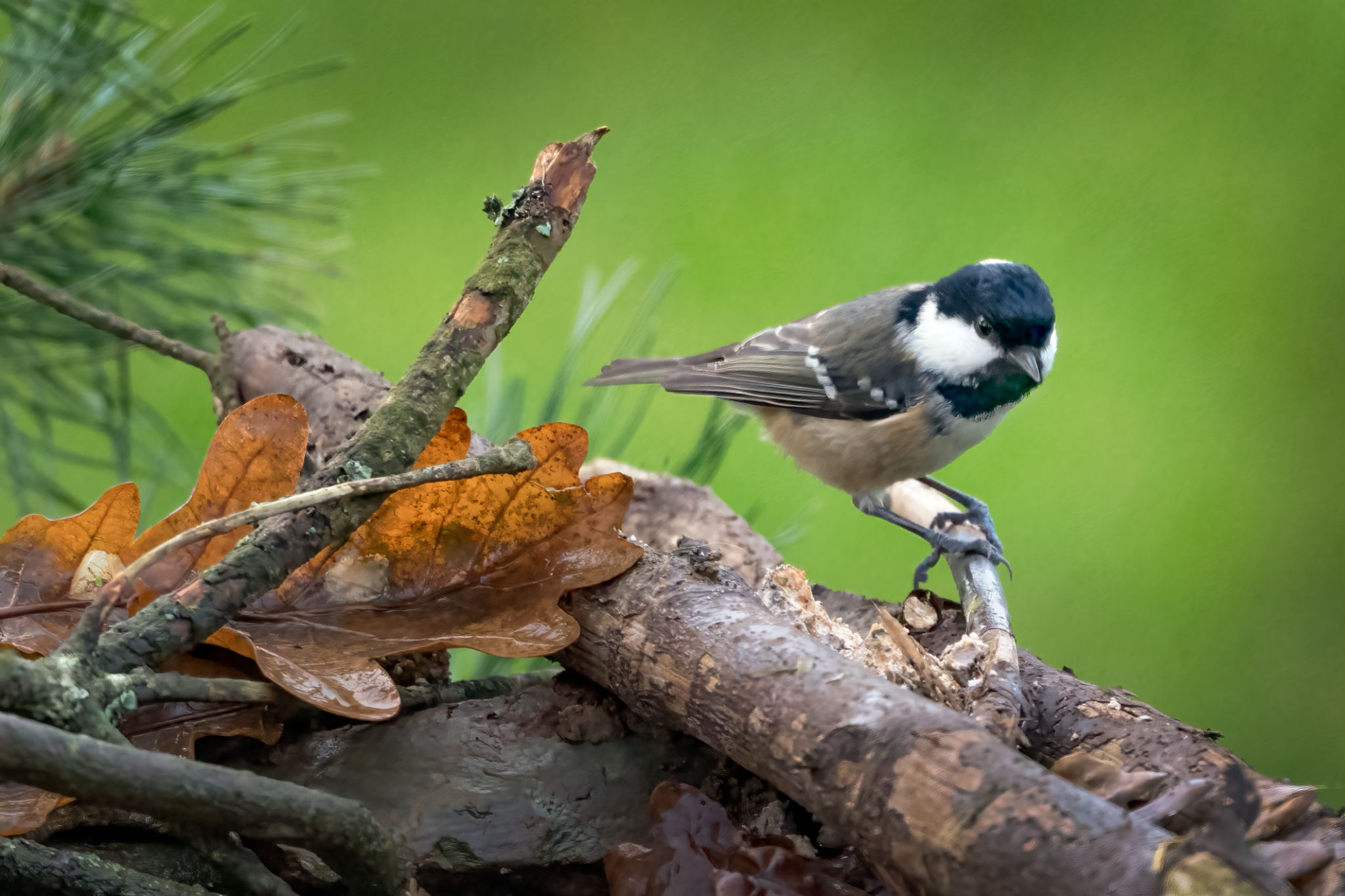Bird Nest Searches: Ensuring Safety and Compliance in Alberta
Understanding the Importance of Bird Nest Searches
In Alberta, bird nest searches are not just a matter of environmental stewardship but a legal requirement. As human development expands into natural habitats, it is crucial to ensure that these activities do not disturb or destroy bird nests. This is especially important during the breeding season when birds are more vulnerable. Conducting bird nest searches helps protect avian species and ensures compliance with federal and provincial regulations.
The Migratory Birds Convention Act and the Wildlife Act in Alberta protect many bird species, making it illegal to harm or destroy their nests. For businesses and developers, understanding and adhering to these regulations is essential to avoid hefty fines and potential project delays. Conducting thorough bird nest searches can help mitigate these risks while promoting biodiversity.

When and How to Conduct Bird Nest Searches
The appropriate time to conduct bird nest searches is typically during the breeding season, which generally occurs from April to August in Alberta, although this can vary depending on the species. It is advisable to consult with a qualified wildlife biologist who can identify signs of nesting activity and ensure that searches are conducted effectively.
Searches should cover all areas of a project site, including trees, shrubs, ground vegetation, and built structures. Using both visual surveys and listening for bird calls can be effective methods for locating nests. A systematic approach ensures comprehensive coverage and helps in identifying nests that may be hidden from plain sight.

Compliance and Legal Considerations
Compliance with wildlife protection laws is mandatory for any development project in Alberta. Failing to conduct proper bird nest searches can result in significant legal consequences. The Canadian Wildlife Service can impose fines or halt projects if nests are found to be disturbed or destroyed without proper authorization. Therefore, it's essential for businesses to integrate bird nest searches into their project planning process.
Additionally, obtaining the necessary permits and adhering to mitigation measures outlined by environmental assessments are critical steps in maintaining compliance. Collaborating with environmental consultants can provide valuable guidance and ensure that all regulatory requirements are met.

Best Practices for Ensuring Safety
While conducting bird nest searches, safety should be a top priority for all personnel involved. Wearing appropriate personal protective equipment (PPE) is essential when navigating through dense vegetation or working at heights. Furthermore, training staff on the proper identification of bird nests and the legal implications of disturbing them is crucial.
Using technology such as drones can enhance search efforts in hard-to-reach areas while minimizing physical risks to surveyors. However, it is important to use such technology responsibly to avoid causing stress or harm to wildlife.
Incorporating Bird Nest Searches into Project Planning
Integrating bird nest searches into the initial phases of project planning can lead to more efficient timelines and reduced environmental impact. Early involvement of wildlife experts allows for better assessment of potential risks and the development of strategies to mitigate them.
Developers should allocate sufficient resources for wildlife assessments and be prepared to adjust their project timelines based on the findings of bird nest searches. This proactive approach not only supports environmental conservation but also enhances the sustainability of development projects.

The Role of Community and Conservation Efforts
Community involvement plays a significant role in protecting bird habitats. Educational programs that raise awareness about the importance of bird conservation can foster a culture of environmental responsibility. Local communities can also participate in monitoring programs, providing valuable data that supports conservation efforts.
Collaboration between government bodies, conservation organizations, and businesses is essential in promoting sustainable development practices. By working together, these entities can ensure that Alberta's diverse avian population continues to thrive amidst growing urbanization.